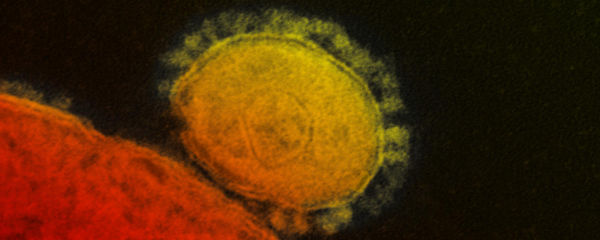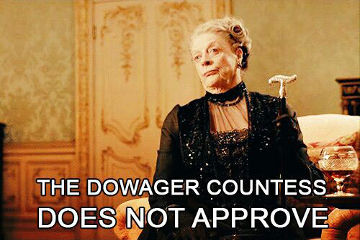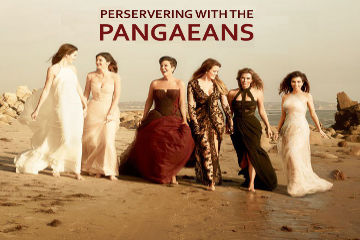What I’ve Learned:
“Tectonic plates: Putting the ‘rift’ in ‘continental drift’.”
The Earth — or the bits of it we live on, anyway — is like the Kardashians.
(A chilling premise, I know. Feel free to roll around in the fetal position for a bit while that sinks in. I’ll wait — and then I’ll explain.)
The Earth’s surface is made up of independent sheets of planetary crust called “tectonic plates”. Parts of these plates — and some entire plates — lie under the ocean, but there are some rocky bits that manage to peek out above the surface of the waves. Scientists call these bits “land”.
(So does everyone else, obviously. Scientists just like to feel official about things.)
It’s these stretches of land, divided into continents, that share some traits with the Kardashians. So Europe is, I don’t know, Khloe. And South America can be Kim, with her high-Andean-altitude ass. Maybe Kourtney is Greenland, and…
Well, those are all the Kardashians I know, actually. Is Krusty one? Or Katzenjammer? Tito? Like all things Kardashian, it really isn’t important. Assign your land masses however you like.
The key things to know is that there are seven or eight major tectonic plates, depending on whom you ask, and another few dozen minor ones. Hangers-on, if you will. Distant cousins. Papparazzi.
(That’s one, right? I totally remember Papparazzi Kardashian being pulled over by cops for something. It was on all the channels starting with T-M, probably.)
Three hundred million years ago, all the tectonic plates containing land were huddled together like a big happy family in one supercontinent called Pangaea. They stayed together for about one hundred million years — so, slightly more seasons than the Kardashians managed — before finally breaking apart.
(And what’s more, it wasn’t the first time the whole family had come together. Geologists think there were at least four supercontinents mushing together all the land masses throughout prehistory, going all the way back to two billion years ago. It seems reunion specials and reboots have always been in vogue.)
It wasn’t constant in-fighting that drove the tectonic plates in Pangaea apart. Rather, the continents drifted due to geologic, tidal and gravitational forces tugging them into the configuration we know today. But the interactions between those plates as they moved along would be familiar to any Kardashian or reality TV fan. Specifically, there was:
Converging – where two tectonic plates came at each other (bro), one was pushed underneath the other in a sort of intercontinental cat fight. This can create ridges and even mountain ranges (like the Andes), where the “winning” plate is lifted up over the other. In plate tectonics, it’s usually the denser plate that’s thrust down, in a process called subduction. (In reality TV, sadly, the denser you are, the more camera time you’ll probably get.)
Diverging – where two plates drifted away from each other, with one never calling or writing or joining up for mani-pedi spa days any more, a rift would form between them. When it happens under the ocean, new material from under the Earth’s crust will rise and fill in; this is how we get new sea floor. When it happens in the entertainment world, some new bunch of idiots will rush in to plug the void; this is how we get Jersey Shore.
Transforming – sometimes two plates constantly rub and grind against each other — or against Lamar Odom, possibly. This causes friction and instability, and can lead to something called “transform faults” (like the one in San Andreas) where earthquakes frequently arise from all the tectonic jostling. Which is almost certainly less catastrophic than the product of all the Kardashian rubbing and grinding, which is usually more Kardashians.
So that’s the story of tectonic plates. Perhaps not the geologic migration process we wanted, but at this point probably the geologic migration process we deserve. Downton Abbey, it ain’t.




